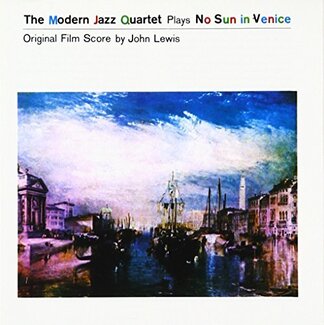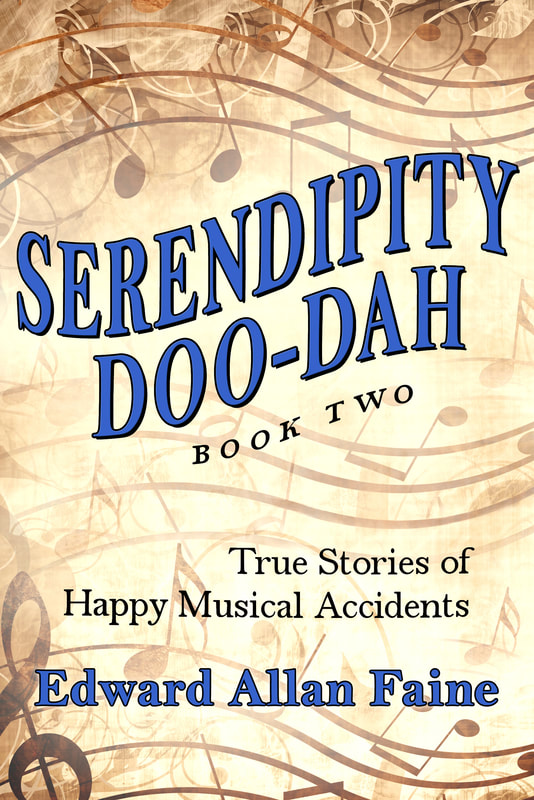Ever since the 1930s, jazz has been a staple of the silver screen, spotlighted in countless nightclub scenes, musicals, and film biographies. However, jazz was not used to score feature films until the early 1950s. Two notable examples are Clash by Night (1952) and The Wild Ones (1954). In 1958, more feature films had integral jazz scores than ever.
Not surprisingly, West Coast jazz dominated such film soundtracks, as in Hot-Car Girl (Cal Tjader), I Want to Live (Gerry Mulligan), Kings Go Forth (Pete Condoli), Sweet Smell of Success (Chico Hamilton), T-Bird Gang (Shelly Manne), and Touch of Evil (Henry Mancini).
Two films produced and distributed in France in 1958 not only broke new ground but set the standard for jazz-scored feature films for years to come. And Miles Davis was the talent behind one of them, Elevator to the Gallows (known in the US as Frantic).
Miles and his small group improvised the score to Gallows while watching shots of the film, one of the few times in western cinema history since the silent era this had been done for a feature film. This was also the first time Miles recorded modal (or near-modal) music; the 10 musical segments produced were based neither on written themes nor harmonic patterns.

Although the film was not widely seen in the US, the soundtrack album received five stars in DownBeat and sold well. The Venice tunes became a constant in the MJQ concert repertoire for the next three decades.
The following year West Coast jazzmen provided the score for the 12th remake of Tarzan, removing once and for all any doubt that jazz was suitable background music for feature films.
Finally, 1958 was the only year that the long-running Newport Jazz Festival was ever featured in a documentary, Jazz on a Hot Summer’s Day.
Of all media in the 1950s, television with its various biases was the least likely to present jazz. True, variety and game shows featured jazz-like show bands, and jazz players appeared occasionally on the Ed Sullivan and Steve Allen shows or, perhaps, on Sunday morning, but that was about it. The TV picture began to change in 1958.
In the summer of that year, a national trial run was given to the West Coast-produced TV show Stars of Jazz, which headlined both West Coast (Stan Kenton) and East Coast (Billy Taylor) musicians.
That autumn, a big breakthrough came in the form of Peter Gunn, a jazz-fan detective who hung around a jazz club called Mother’s. Scored by Henry Mancini and played by West Coast musicians, Gunn was the first TV series in which jazz was fully integrated with the dramatic action.
The Peter Gunn theme even became a hit single! Not surprisingly (and fortunately for jazz fans) the show spawned imitations. Count Basie rushed into the studio to record a jazz theme for M-Squad, and a year later Duke Ellington did the same for Asphalt Jungle, another big-city crime TV series.
JAZZ ON THE ROAD . . . AND CAMPUS
This was the year of the Dharma Bums and the beatniks, the year Jack Kerouac eulogized the “raw wild joy” of jazz in On the Road. Thousands of teenagers sported sunglasses, wore black, toted bongos, and bought jazz albums for the first time.

For the first time since the 1920s (the flapper era) and the 1930s/1940s (the big band era), jazz was once again the music of a popular youth rebellion.
For all the above reasons, jazz was big business for the first time since the 1930s. More jazz records were sold than ever, club dates and concert tours were on the upswing, and jazz was on radio and TV and at the movies.
The stage was set for a general jazz revival in the early 1960s. Jazz had recovered from its late 1940s/early 1950s doldrums and survived the initial shock of rock and roll.
By any measure, 1958 was quite a year for jazz, one of its finest ever.
| Relaxin’ Miles Ahead Something else Milestones Soultrane Brilliant Corners Monk’s Music Something Else! You Get More Bounce Way Out West Meets the Rhythm Section For Real! Grooveyard All Morning Long Six Pieces of Silver Sonny’s Crib Blue Lights K. Burrell with J. Coltrane Freedom Suite Sermon Getz/Johnson-Operahouse Roy, Dizzy and Sweets My Fair Lady West Side Story Such Sweet Thunder The Atomic Mr. Basie Sing a Song of Basie Come Fly with Me Duke Ellington Songbook Lady in Satin Brubeck in Europe Concert by the Sea Muted Jazz Burnished Brass But Not for Me I Want to Live No Sun in Venice Peter Gunn! Word Jazz | Miles Davis Miles Davis Cannonball Adderley Miles Davis John Coltrane Thelonious Monk Thelonious Monk Ornette Coleman Curtis Counce Sonny Rollins Art Pepper Hampton Hawes Harold Land Red Garland Horace Silver Sonny Clark Kenny Burrell Kenny Burrell Sonny Rollins Jimmy Smith Stan Getz/J. J. Johnson Eldridge/Gillespie/Edison Andre Previn/S. Manne Manny Albam Duke Ellington Count Basie Lambert-Hendricks-Ross Frank Sinatra Ella Fitzgerald Billie Holiday Dave Brubeck Erroll Garner Jonah Jones George Shearing Ahmad Jamal Johnny Mandel Modern Jazz Quartet Henry Mancini Ken Nordine | Prestige Columbia Blue Note Columbia Prestige Riverside Riverside Contemporary Contemporary Contemporary Contemporary Contemporary Contemporary Prestige Blue Note Blue Note Blue Note Prestige Riverside Blue Note Verve Verve Contemporary Coral Columbia Roulette ABC-Paramount Capitol Verve Capitol Columbia Columbia Capitol Capitol Argo United Artists Atlantic RCA MCA |




 RSS Feed
RSS Feed